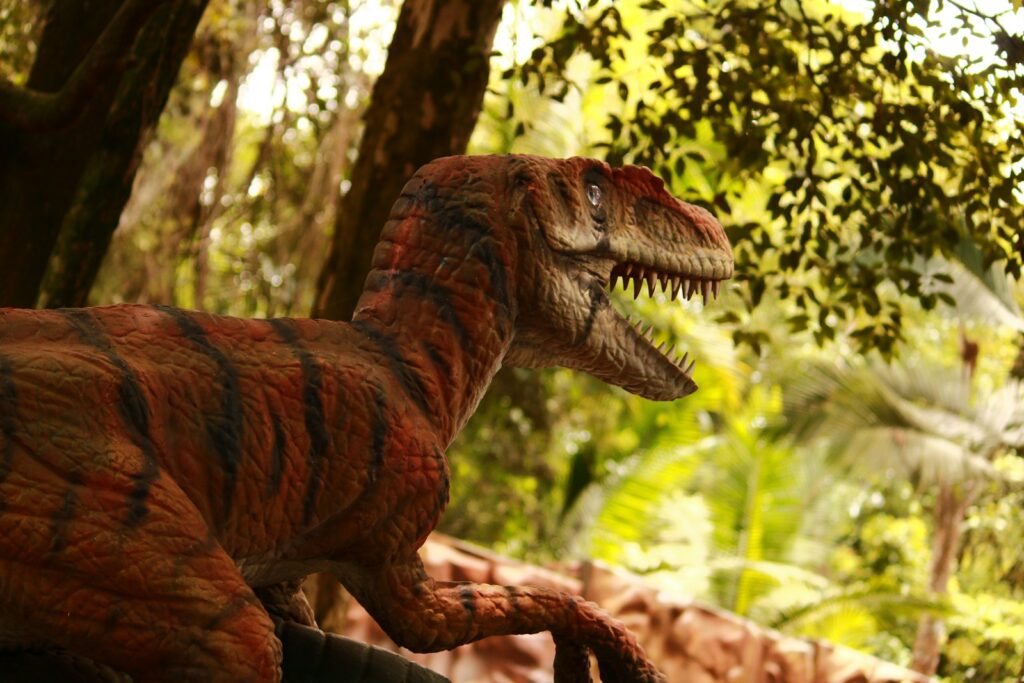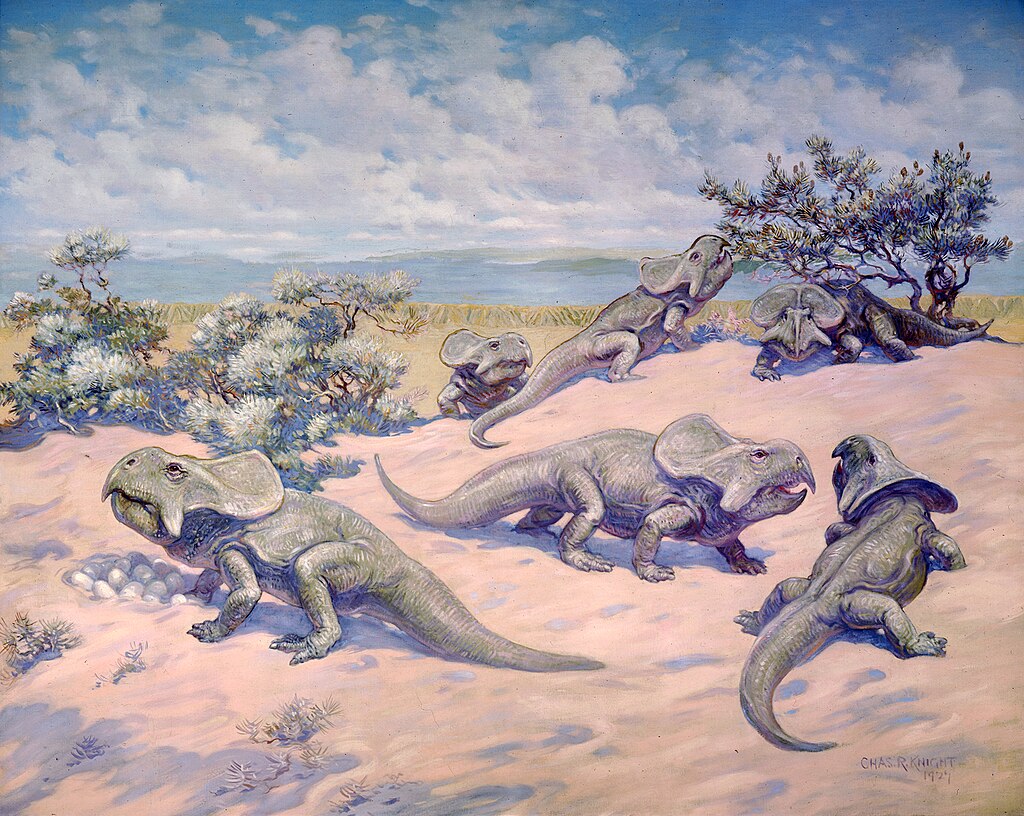When a massive asteroid slammed into Earth 66 million years ago, it didn’t just kill the dinosaurs – it triggered one of the most catastrophic climate disasters in our planet’s history. The impact, which created what we now call the Chicxulub crater in Mexico’s Yucatán Peninsula, released energy equivalent to billions of atomic bombs, instantly vaporizing rock and sending trillions of tons of debris into the atmosphere. What followed was a cascade of environmental changes that transformed our planet’s climate and extinguished roughly 75% of all species. The skies darkened, temperatures plummeted then soared, and the very chemistry of our atmosphere and oceans underwent radical shifts. This is the story of how a single cosmic impact plunged Earth into climate chaos and reshaped the course of evolution.
The Moment of Impact: A Planet-Altering Collision
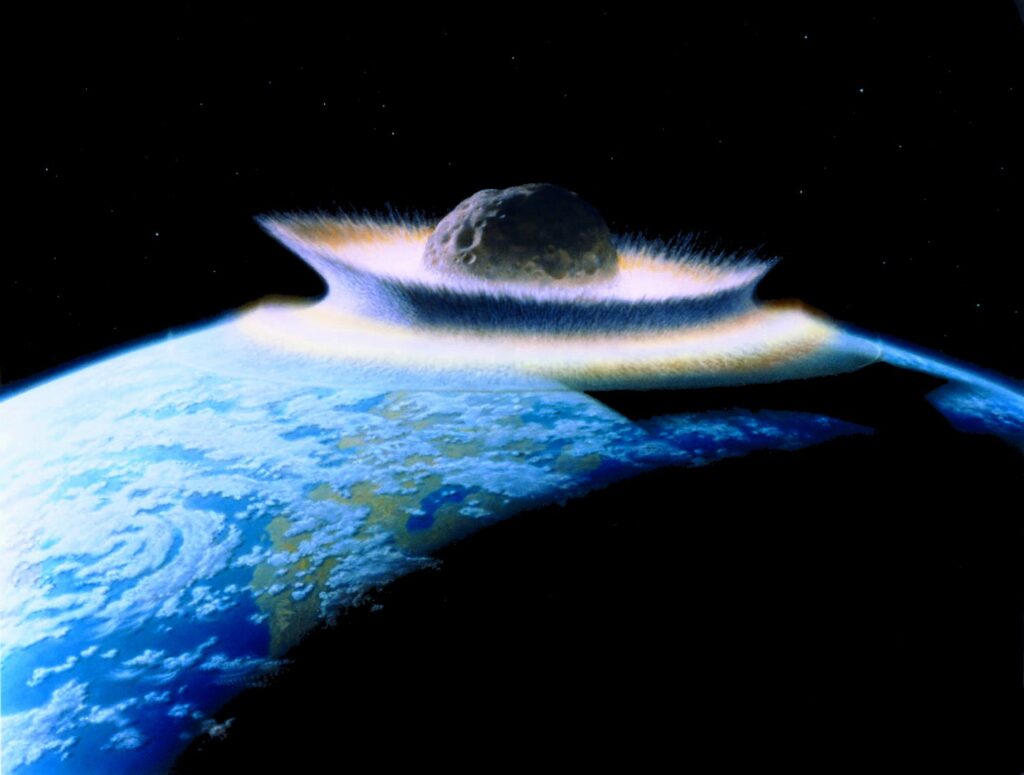
Approximately 66 million years ago, an asteroid roughly 10-15 kilometers (6-9 miles) in diameter struck what is now the Yucatán Peninsula in Mexico at a speed of about 20 kilometers per second. The energy released was estimated to be equivalent to over 10 billion Hiroshima atomic bombs detonating simultaneously. Within seconds, the asteroid burrowed deep into Earth’s crust, creating a crater approximately 150 kilometers (93 miles) wide and 20 kilometers (12 miles) deep. The impact instantly vaporized the asteroid itself along with massive amounts of surrounding rock, sending a superheated plume of material shooting up through the atmosphere and even into space. Seismic waves comparable to a magnitude 11 or 12 earthquake rippled through the planet, triggering tsunamis hundreds of meters high that swept across ancient coastlines thousands of kilometers away. This was not just a regional catastrophe – it was the beginning of a global climate collapse unlike anything seen in human history.
The Global Firestorm
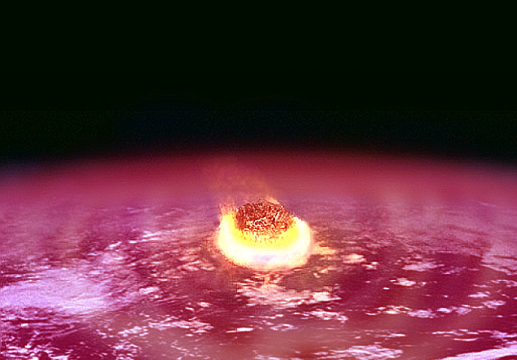
The immediate aftermath of the impact created what scientists call an “impact winter” that began with a devastating global firestorm. As superheated debris from the impact reentered the atmosphere, it heated the upper atmosphere to temperatures approaching that of an oven, potentially igniting wildfires across much of the planet. Recent research suggests that these thermal pulses may have been intense enough to ignite forests and vegetation worldwide, releasing massive amounts of soot and carbon into the already-choked atmosphere. Evidence of this global conflagration appears in the geological record as a thin layer of soot found at the Cretaceous-Paleogene (K-Pg) boundary around the world. Computer models indicate that up to 70% of forests worldwide may have burned in the aftermath of the impact. The combustion of vast amounts of biomass would have further altered atmospheric chemistry, adding to the devastating cocktail of pollutants encircling the planet and contributing to the darkness that was about to envelop Earth.
Darkness Descends: The Impact Winter
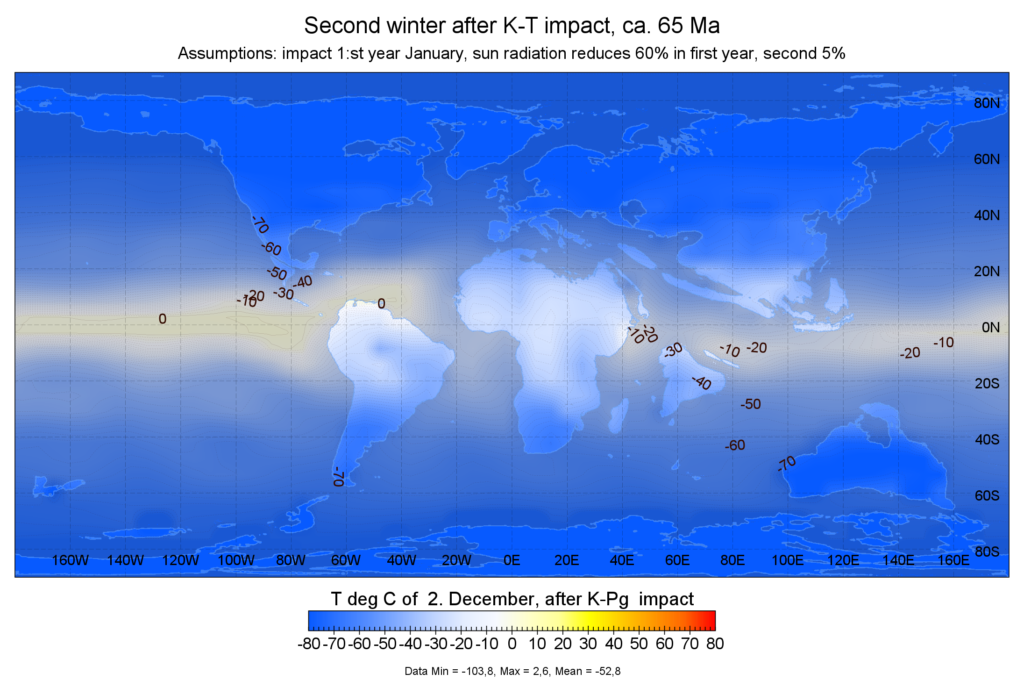
Perhaps the most immediate and devastating climate effect was the rapid onset of darkness that enveloped the planet. The combination of ash, soot, dust, and aerosols injected into the atmosphere by the impact and subsequent fires created a dense, global shroud that blocked sunlight from reaching Earth’s surface. Scientific models suggest that photosynthesis may have been impossible across much of the planet for a period ranging from months to years. Light levels dropped so dramatically that the planet was plunged into what would have appeared like a perpetual twilight or night, regardless of the time of day. Photosynthetic organisms, which form the base of most food chains, would have quickly depleted their energy reserves and begun dying en masse. The darkness was so complete that some models suggest light levels dropped to less than 1% of normal in the most affected regions. This prolonged darkness alone would have been enough to collapse ecosystems worldwide, but it was just one of several climate catastrophes unfolding simultaneously.
The Big Freeze: Global Temperatures Plummet
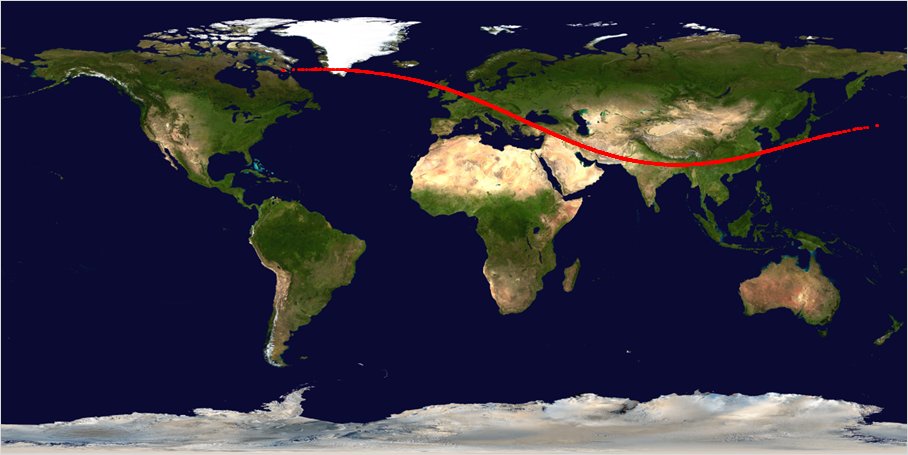
The dramatic reduction in sunlight reaching Earth’s surface triggered a swift and severe drop in global temperatures in what scientists call the “impact winter.” Climate models suggest that land temperatures may have fallen by as much as 20-30°C (36-54°F) in continental interiors within weeks of the impact. This would have transformed tropical paradises into frigid landscapes with frost and possibly snow covering regions that had never before experienced freezing conditions. The oceans, with their enormous heat capacity, cooled more slowly but still experienced significant temperature declines, particularly in surface waters. This rapid cooling would have been especially deadly for ectothermic (“cold-blooded”) animals like reptiles, which rely on environmental heat to regulate their body temperature. Even adaptable species would have struggled to survive as the temperature change occurred too rapidly for evolutionary adaptation. The sudden cold snap would have lasted for years, challenging even the most cold-adapted species and pushing many specialized tropical organisms to extinction.
Acidic Rainfall: When the Sky Turned Toxic
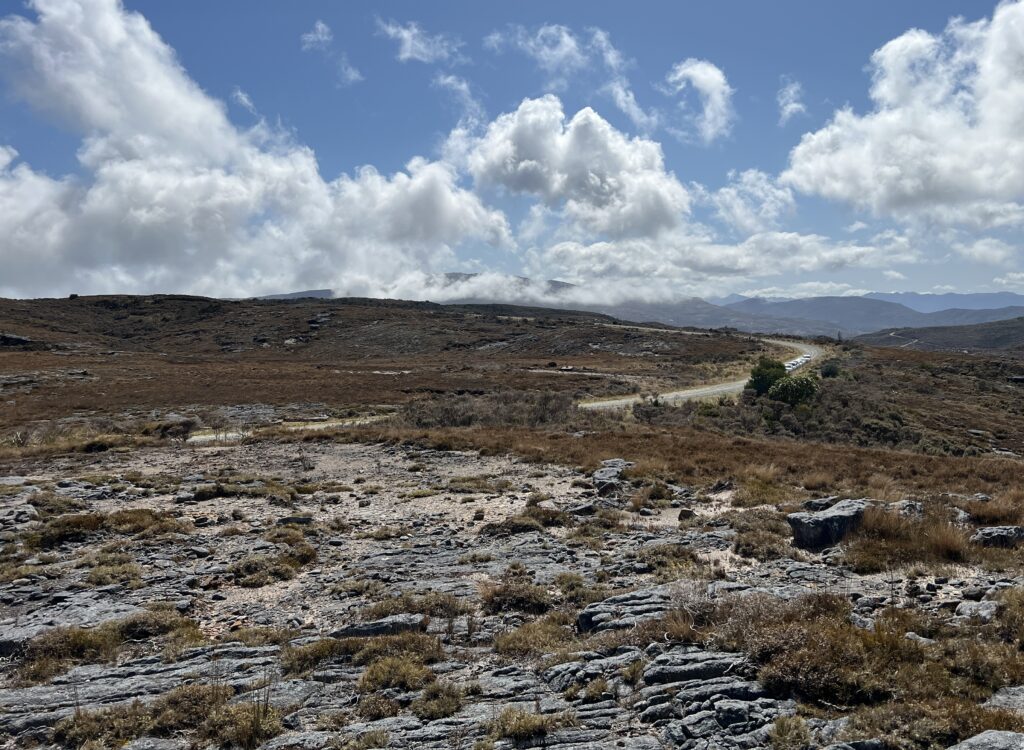
The asteroid impact vaporized sulfur-rich rocks at the impact site, injecting massive quantities of sulfur dioxide into the atmosphere. When combined with water vapor in the atmosphere, these compounds form sulfuric acid, leading to highly acidic rainfall across the globe. This chemical assault would have dramatically altered soil and water chemistry, making survival challenging even for organisms that could withstand the darkness and cold. The geological evidence for this acid rain appears in weathering patterns in exposed rock from this period. Some estimates suggest the rain may have reached pH levels of 4 or lower, comparable to vinegar, creating conditions toxic to many plants and aquatic organisms. The acidification would have been particularly devastating for marine ecosystems, especially organisms with calcium carbonate shells or skeletons like corals, mollusks, and many species of plankton. This acid rain would have persisted for years after the impact, long after the initial firestorms had subsided, continuing to place stress on already vulnerable ecosystems.
Ocean Apocalypse: Marine Ecosystem Collapse

The world’s oceans experienced a multi-faceted catastrophe following the asteroid impact, with several deadly mechanisms operating simultaneously. As acid rain and carbon dioxide dissolved into seawater, ocean acidification intensified, making it difficult or impossible for calcifying organisms to build and maintain their shells. The darkness halted photosynthesis for marine phytoplankton, the base of the ocean food web, cutting off the energy supply for entire marine ecosystems. Ocean circulation patterns were likely disrupted by the sudden temperature changes, affecting nutrient distribution and potentially creating extensive dead zones depleted of oxygen. Evidence from marine sediment cores shows a dramatic decline in microfossils immediately above the K-Pg boundary layer, representing a collapse of marine productivity. The extinction rate in oceans was extraordinarily high, with some estimates suggesting that up to 75% of marine species disappeared. Recovery of marine ecosystems would take millions of years, with entirely new ecological communities eventually emerging to fill the vacant niches.
The Greenhouse Rebound: From Freeze to Heat Wave
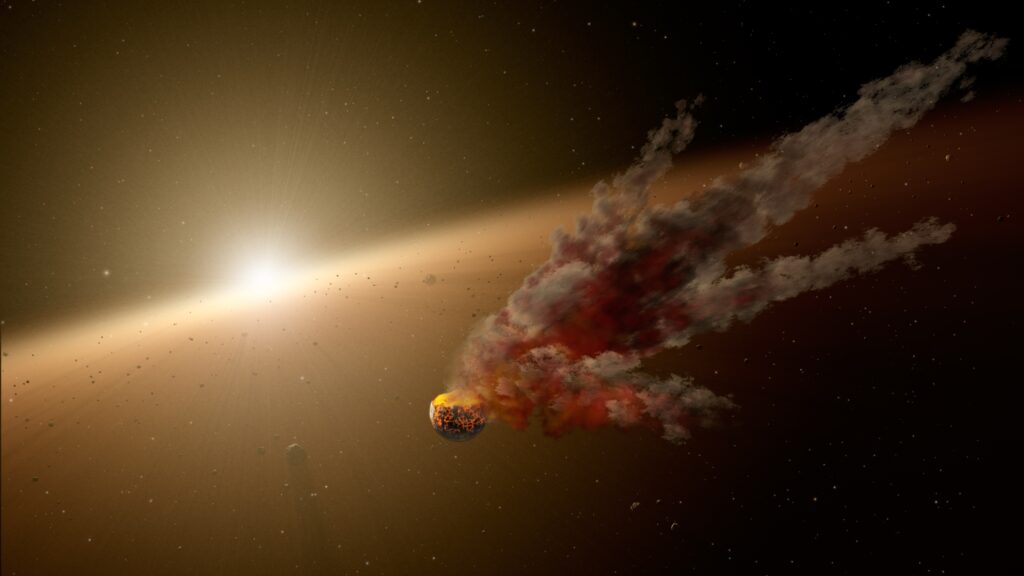
After the initial cooling phase, the Earth’s climate system swung to the opposite extreme through a pronounced greenhouse effect. The asteroid impact and subsequent fires and decomposition had released enormous quantities of carbon dioxide and other greenhouse gases into the atmosphere. While these gases were initially overwhelmed by the cooling effects of atmospheric dust and aerosols, once these particulates finally settled out of the atmosphere after several years, the accumulated greenhouse gases remained. This led to a significant period of global warming estimated to have lasted for tens of thousands of years. Ocean sediment records suggest temperatures may have increased by 5°C (9°F) or more above pre-impact levels during this “greenhouse recovery phase.” This whiplash from extreme cold to extreme heat would have created a double challenge for surviving species, requiring adaptability to two opposite climate extremes in relatively rapid succession. The warming would have been particularly intense in polar regions, potentially eliminating cold refugia where some species might have weathered the impact of winter.
Surviving the Unsurvivable: Adaptation Strategies
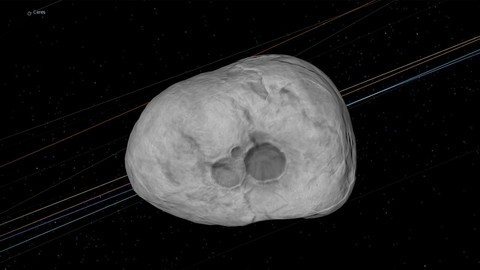
The species that survived this climate catastrophe did so through specific adaptations that provided critical advantages during the environmental collapse. Small body size proved beneficial, allowing animals to subsist on limited food resources and possibly seek shelter in protected microhabitats. Many of the surviving mammal species were burrowing animals that could remain underground, protected from temperature extremes and with access to food sources like seeds, roots, and insect larvae that remained viable even when surface ecosystems collapsed. Behavioral flexibility and dietary generalism were crucial – species that could eat whatever remained available had obvious survival advantages over specialists. Freshwater aquatic environments appear to have buffered some species from the worst effects, with freshwater species generally surviving at higher rates than their marine counterparts. Perhaps most importantly, organisms with dormancy capabilities – the ability to enter suspended animation through hibernation, estivation, or seed/egg dormancy – could effectively “skip” the worst of the environmental catastrophe. These survival strategies help explain the selective pattern of extinctions and illuminate why certain lineages persisted to repopulate the post-impact world.
The Extinction Pattern: Who Lived and Who Died
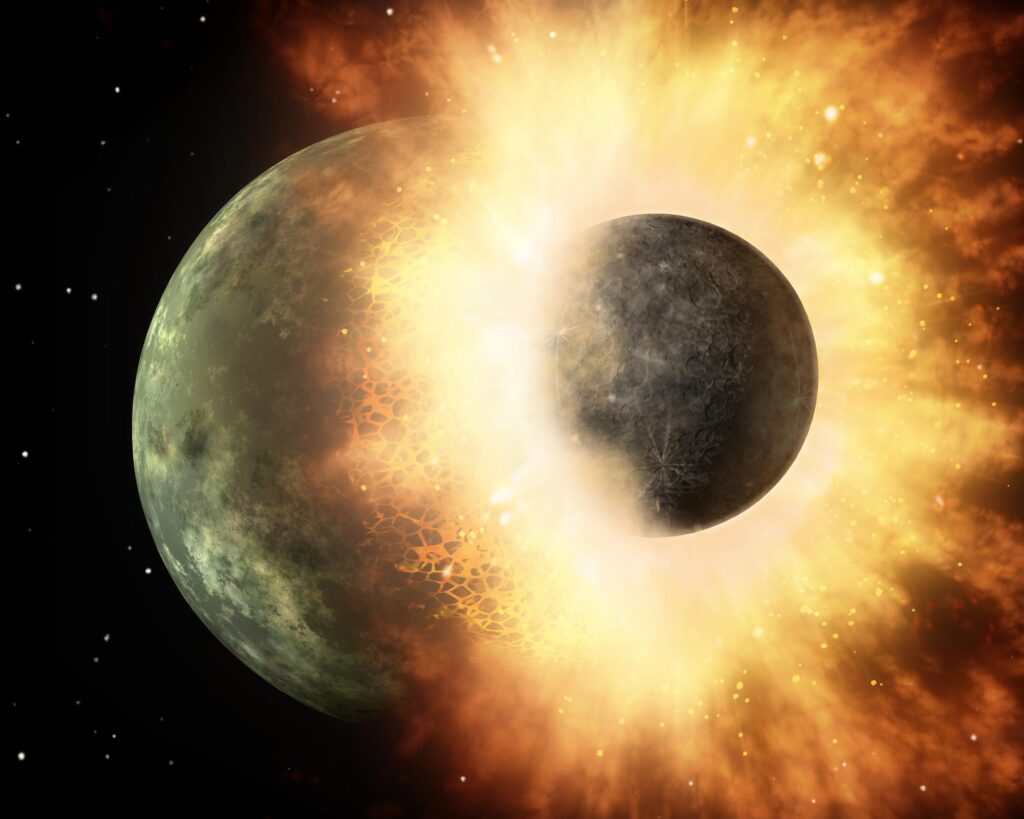
The extinction triggered by the asteroid impact was remarkably selective, creating a pattern that has helped scientists understand both the specific mechanisms of the climate collapse and the vulnerability factors of different species. Large-bodied animals were particularly vulnerable, with virtually no land animal weighing more than 25 kilograms (55 pounds) surviving the extinction event. Specialist feeders dependent on specific plant species were decimated when their food sources died off during the prolonged darkness. Marine predators dependent on vision to hunt in well-lit surface waters suffered disproportionate losses compared to deep-sea organisms already adapted to low-light conditions. In contrast, detritivores – organisms that feed on dead organic matter – had temporary abundance as ecosystems collapsed and created massive amounts of decaying material. Freshwater ecosystems showed higher survival rates than marine or terrestrial ones, possibly because they were buffered against temperature extremes and could be sustained by the continued input of dead organic matter. The selective nature of the extinction effectively reset the ecological playing field, allowing previously marginalized groups like mammals to diversify into newly vacated niches and eventually dominate the post-dinosaur world.
Reading the Evidence: How We Know What Happened
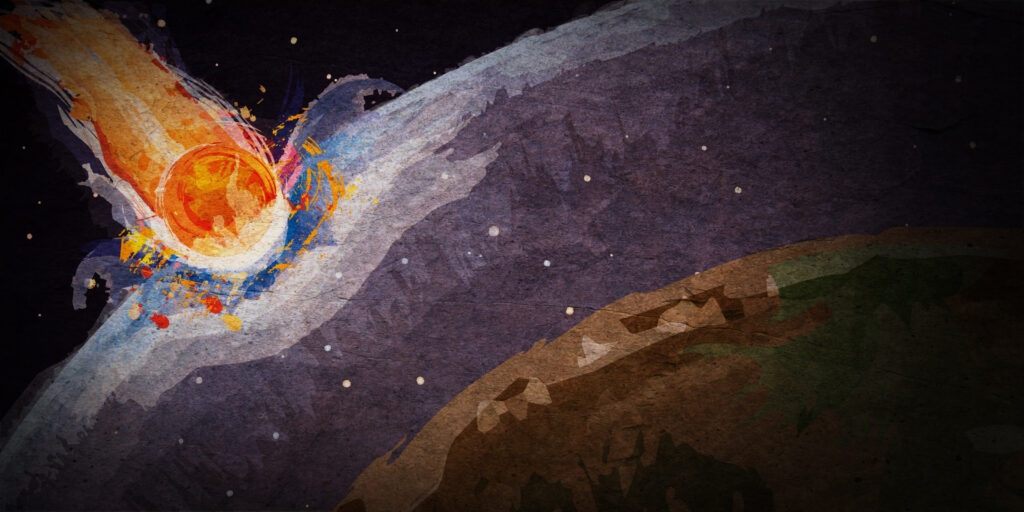
Scientists have assembled the timeline of post-impact climate change through multiple independent lines of evidence preserved in the geological record. The most visible evidence is the global layer of iridium-rich clay precisely at the Cretaceous-Paleogene boundary, as iridium is rare in Earth’s crust but common in asteroids. Microfossils and pollen records show the sudden disappearance of many species and the “fern spike” – a layer dominated by fern spores indicating the rapid recolonization of devastated landscapes by these hardy pioneer plants. Computer models of atmospheric physics have been calibrated against this geological evidence to reconstruct the probable sequence and severity of climate effects. Fossil leaf margins and oxygen isotope ratios in fossils and sediments provide temperature proxies that track the wild swings from cooling to warming. The recent discovery and analysis of the Tanis site in North Dakota has provided extraordinary time-capsule evidence from the actual day of impact, including fish with impact spherules in their gills and exquisitely preserved impact debris. Together, these diverse sources of evidence have enabled scientists to reconstruct with increasing precision the climate apocalypse that followed the asteroid strike.
Recovery and Renewal: The Post-Impact World
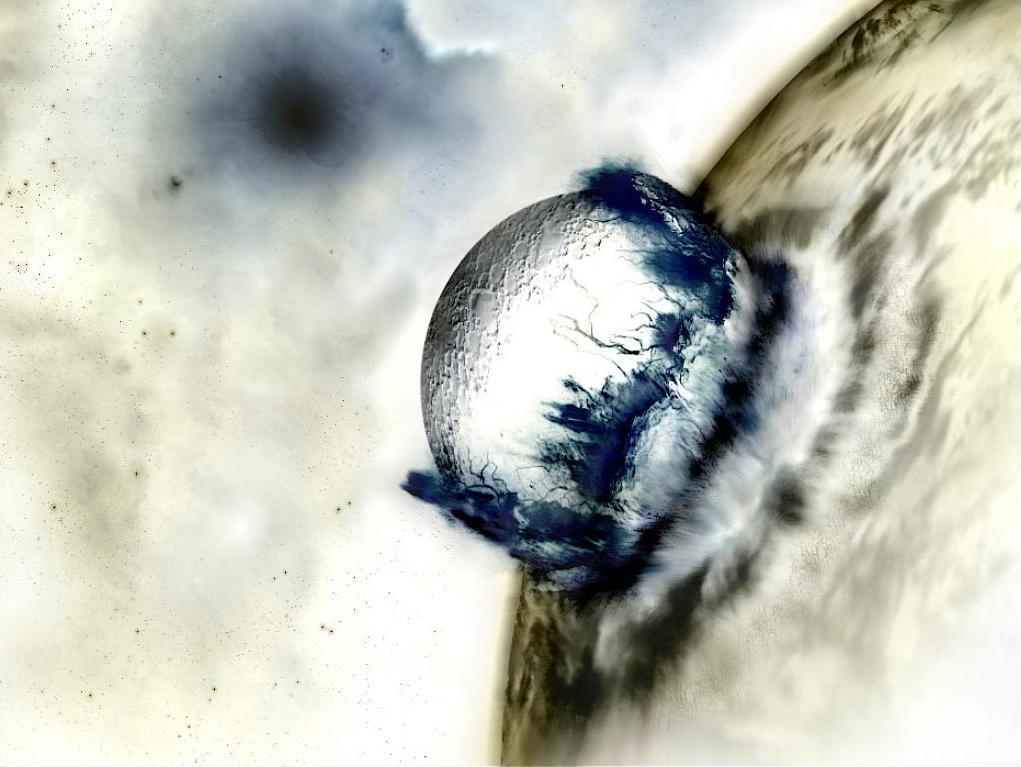
The recovery of Earth’s biosphere following the impact-induced climate collapse occurred in distinct phases over millions of years. The initial recovery phase, sometimes called the “survival interval,” was characterized by low-diversity ecosystems dominated by opportunistic species like ferns and certain fungal communities that could exploit the disturbed landscape. As sunlight gradually returned to normal levels and temperatures stabilized, more complex ecological communities began to reassemble, though with a dramatically different cast of characters than before the impact. The fossil record shows that overall biodiversity took at least 5-10 million years to return to pre-extinction levels. Some ecological niches remained unoccupied for millions of years before new species evolved to fill them. The mammals that survived the extinction event experienced an adaptive radiation, gradually evolving to fill many of the ecological roles previously occupied by dinosaurs and other extinct groups. Plant communities followed similar trajectories, with flowering plants eventually becoming dominant in many terrestrial ecosystems. The long recovery period transformed Earth’s biosphere, setting the evolutionary stage for the eventual appearance of humans and modern ecosystems.
Modern Implications: Lessons from Ancient Climate Catastrophes
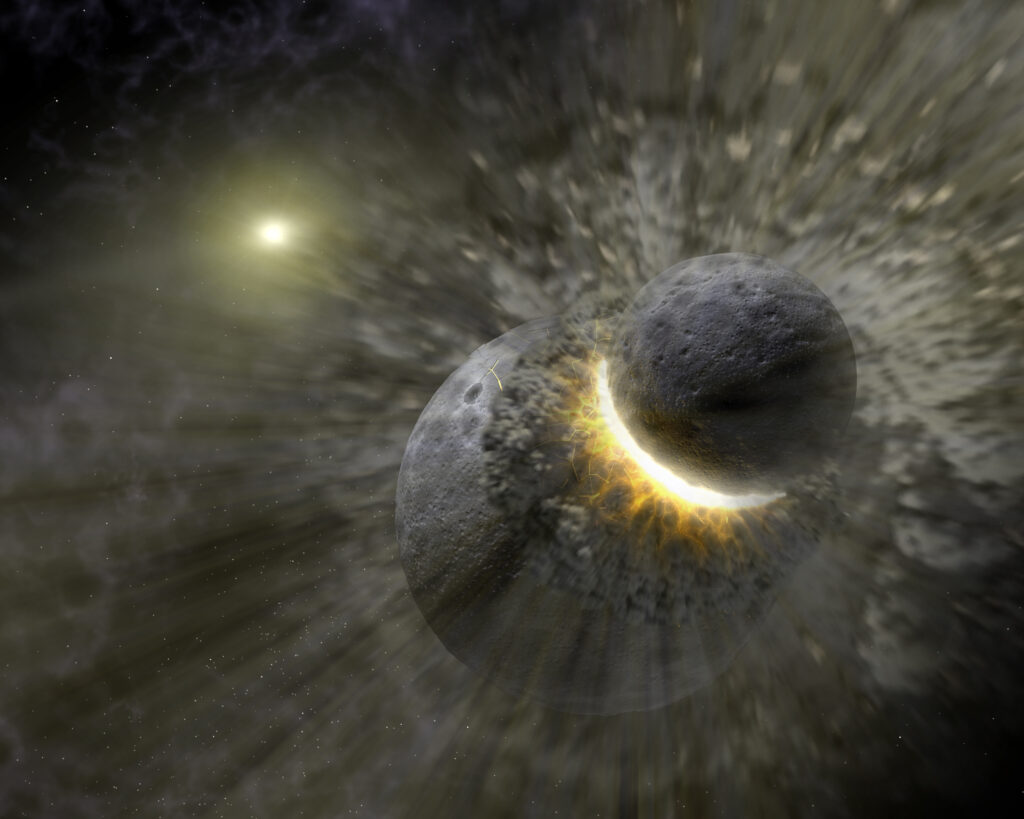
The asteroid-induced climate collapse offers sobering insights relevant to modern climate concerns despite its extreme magnitude compared to current changes. The K-Pg extinction demonstrates how rapidly Earth’s climate can shift when critical thresholds are crossed, resulting in ecological consequences far more severe than the initial triggering mechanism might suggest. The complex interactions between atmospheric composition, temperature, ocean chemistry, and biological systems revealed by this ancient catastrophe highlight the interconnectedness of Earth’s climate system. Scientists studying the recovery patterns following the extinction have noted that biological recovery takes considerably longer than physical environmental stabilization – a warning that even if we could immediately halt human-caused climate change, ecosystems would require extended periods to fully recover. The asteroid impact also demonstrates that climate changes affecting primary producers – the photosynthetic base of food webs – can collapse entire ecosystems regardless of other adaptations. While human activities won’t duplicate the extreme conditions of the asteroid impact, the K-Pg extinction serves as a powerful case study in how climate disruption can fundamentally reshape Earth’s biological communities for millions of years.
The Aftermath of Impact: Unraveling Climate Chaos and Mass Extinction

The climate chaos following the Chicxulub asteroid impact represents one of the most severe environmental catastrophes in Earth’s history. The dramatic sequence of events – from firestorms to darkness, extreme cooling to greenhouse warming, and acid rain to ocean acidification – created a multi-faceted assault on global ecosystems that few species could survive. This ancient climate collapse reminds us of our planet’s climatic vulnerability and the complex interplay between Earth’s physical systems and its biosphere. While the dinosaurs’ reign ended in this climate apocalypse, the event ultimately paved the way for the rise of mammals and eventually our species. In studying this pivotal moment in Earth’s history, we gain not only insight into our biological origins but also a deeper understanding of climate systems and extinction mechanisms relevant to our uncertain future.


